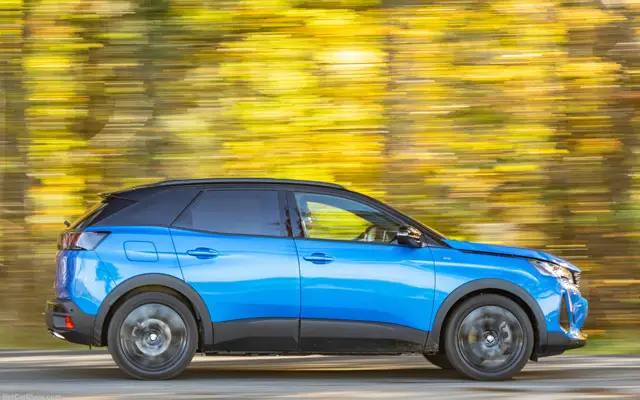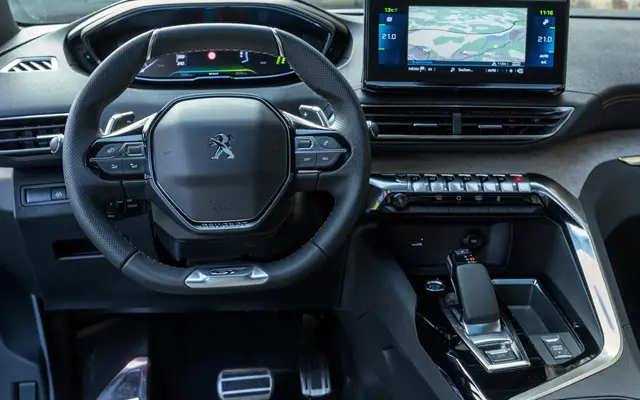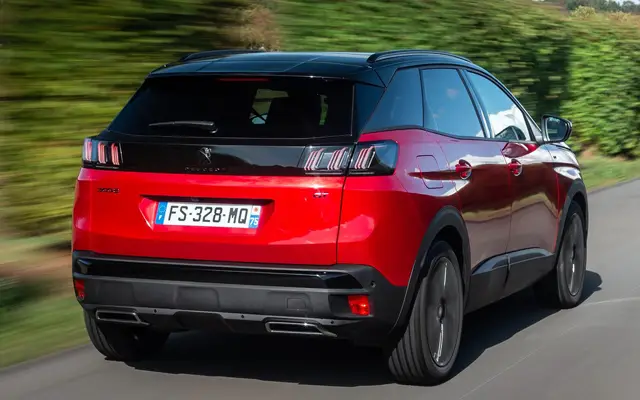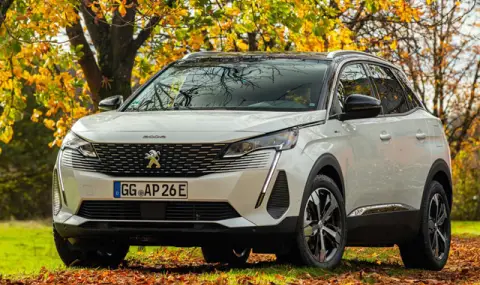Presented at the Paris Motor Show in October 2016, the Peugeot 3008 II (P84) was launched on the market immediately afterwards and quickly established itself as a benchmark in the compact SUV category, although it does not have a true 4x4 drive. In terms of popularity in our country, this car even surpassed better competitors such as the Renault Kadjar and Nissan Qashqai. Its attractive design and dynamic qualities allowed it to remain competitive until the end of production, which fell on June 6, 2024. Now the second generation can only be purchased "used", but is it worth it and what modification to choose?
With its generous dimensions (4.45 m long, 1.84 m wide, 1.62 m high) and 2.67 m wheelbase, the 3008 II knows how to accommodate its passengers. It offers a boot volume of 520 l (395 in the PHEV versions). Under the hood, the range of engines is extensive, with petrol or diesel engines from 100 to 180 hp, plug-in hybrids (from 2019) with 180, 225 and 300 hp and a 48 V micro-hybrid version in 2023. The SUV is available with a manual transmission (5 or 6 gears), automatic (EAT6 or EAT8) and with two or four-wheel drive (only the most powerful hybrid has 4x4 with an electric motor on the rear axle).

Phase 2 of the Peugeot 3008 II was launched on the market in September 2020, with the car being offered in six trim levels (Access, Active, Style, Allure, GT Line, GT). With 1,388,163 units sold as new, the market for used such cars in Europe is now quite saturated. But the 130 hp petrol and diesel versions in Allure trim make up the majority of the 3008s on offer.
In addition to the small steering wheel, which reduces movement when cornering, the 3008 has tight handling. Even on wet roads, the Peugeot 3008 demonstrates remarkable efficiency. In other words, this car is a pleasure to drive. The space in the back seat is sufficient for two people, and the trunk easily absorbs all the family's luggage. Good sound insulation and comfortable front seats are the basis of the decent comfort of this Peugeot.

However, there are disadvantages, and they are not few. Hard plastics scratch very easily, while the dashboard often fails, especially in the 2016 and 2017 versions. Avoid offers with the so-called 3D instrument panel, because its crystals flow quickly and it is very expensive. The suspension is relatively strong, but the situation is not the same with the engines. At least not with all of them.
1.2 PureTech - problematic, high oil consumption
1.2 Hybrid - Not a good match with the transmission. Noisy
1.6 THP EAT6 = Without being sporty, it is efficient, very flexible, and the automatic gearbox offers great smoothness of operation.
1.6 PureTech EAT 8 = The best compromise in the range. Only this four-cylinder engine (of the ones available for the 3008) does not "choke".
1.5 BlueHDi - Noisier than the 1.6 BlueHDi, and moreover it is not more dynamic or economical than the 1.6.
1.6 BlueHDi - If you want a diesel, this is the option. Its performance is satisfactory: quiet, relatively efficient and quite economical.
2.0 BlueHDi - Noisier than the 1.6 BlueHDi, consumes more, and its dynamics are negligibly better
Plug-in Hybrid units are not recommended for an old car, especially one with a power of 300 horsepower. Complicated to maintain and quite expensive to service.
In conclusion, we will say that the recommended options are after the facelift and are equipped with 1.6-liter gasoline and diesel engines. And what copies of the Peugeot 3008 II model are offered in our country and for what money, you can see HERE.

